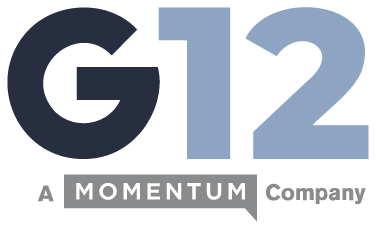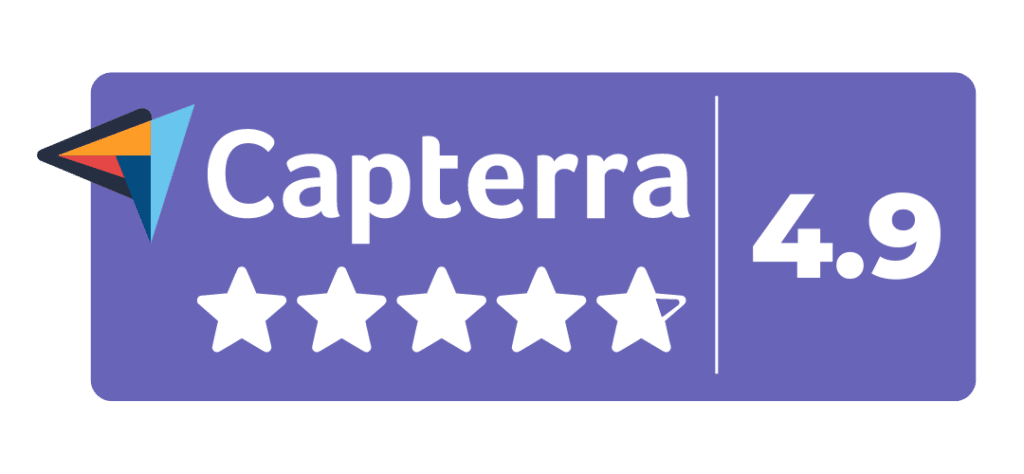On January 6, 2022, the last phase of RAY BAUM’s Act took effect. If you’re confused about precisely what that means for your business, don’t worry — you most definitely aren’t alone in that.
Particularly in a business world defined by hybrid work, the notion of what constitutes E911 compliance is incredibly murky, as is the process for ensuring that compliance.
Let’s clear the air. We’ll start by defining E911, then going over the origin and regulations of the major E911 laws. From there, we’ll explain how they impact your business, why E911 compliance is important, and what that compliance actually involves.
What is E911, Exactly?
When someone dials 911, their call is immediately routed to a Public Safety Answering Point (PSAP). The best analogy to describe a PSAP is that it’s essentially a contact center for emergency services. PSAP operators, typically employed by either a county or municipality, are responsible for answering emergency calls and dispatching emergency responders.
Enhanced 911, or E911 for short, is the service responsible for routing 911 calls. An evolution of the basic 911 protocol, E911 provides enhanced location information and supports GPS coordinates. It also allows 911 calls to be made from multiple devices beyond landline phones, including smartphones, VoIP phones, and wireless phones.
A newer version of E911 also exists, known as Next Generation 911 (NG911). Offering much of the same functionality as E911, NG911 shifts 911 services from analog to IP-based infrastructure, completely bypassing the soon-to-be-obsolete Public Switched Telephone Network (PSTN). This offers a multitude of benefits over E911, including:
- Streamlined data sharing between PSAPs
- Improved emergency response times
- Better call routing
- Increased reliability
- The capacity to share text, photos, and video with PSAPs
- Location data is transmitted immediately using Presence Information Data Format-Location Object (PIDF-LO).
Currently, NG911 is still more or less in its nascent stages, and only a few States have fully implemented the protocol. However, it is specifically called out by the Federal Communications Commission in its fact sheet about Kari’s Law and the RAY BAUM Act. For that reason, while E911 is an important starting point, your long-term goal should be migration to NG911.
Now that we’ve gotten all that out of the way, let’s talk about those laws we just mentioned.
A Tale of Two Regulations
Assuming your business operates out of the United States, there are two federal laws governing 911 call routing.
Kari’s Law
Kari’s Law is a piece of legislation born of tragedy.
In 2013, Kari Hunt Dunn was murdered by her estranged husband in a hotel bathroom. Her eldest daughter, who was 9 years old at the time, attempted to dial 911 four times. Unfortunately not one of her calls went through — the hotel phone system required that guests first dial 9 to reach an external line.
The daughter next attempted to notify hotel staff, but once again this failed, as a language barrier prevented the staff from notifying hotel management.
After an investigation determined that Kari’s death could have been avoided if the daughter’s first 911 call had been made successfully, her father Hank Dunn decided that something needed to change. Determined to ensure that no other family would go through what he did, he worked tirelessly at the state — and later federal — level to change the law. In February 2018, he finally saw the culmination of his efforts, an act known as Kari’s Law.
Under Kari’s Law, organizations are required to configure their multi-line telephone systems (MLTS) so that dialing 911 overrides all other functionality and connects the caller immediately to the nearest PSAP. It also requires MLTs to send a notification to a central location either onsite or off-site that a 911 call was placed. This notification must include the following details:
- When the 911 call was placed
- The location of the caller provided to the PSAP
- A callback number
RAY BAUM’S Act
RAY BAUM’S Act, sometimes known as The RAY BAUM Act, has a somewhat less tragic backstory than Kari’s Law. Named in honor of the late Ray Baum, a telecommunications lawyer and lobbyist, RAY BAUM’s Act is actually an acronym. In full, it stands for Repack Airways Yielding Better Access for Users of Modern Services.
RAY BAUM’S Act is not exclusively concerned with 911 services. Rather, it comprises a broad set of telecommunications regulations and requirements. Section 506 of the act is what’s relevant to us here.
In short, it mandates that the FCC must consider adopting rules to ensure that all 911 calls convey a dispatchable location, regardless of the technology used. Said location includes street address, room number, floor, and any other information that may be necessary in helping first responders find the caller as quickly as possible. Following RAY BAUM’S Act, the FCC published the following rules in the Federal Register on December 6, 2019:
- By January 6, 2021, all fixed MTLS, interconnected VoIP systems, telephone relay services (TLS) and telephony systems must provide dispatchable location data.
- By January 6, 2022, all non-fixed MTLs, VoIP, telephony systems, and TRS must provide dispatchable location data.
Why is E911 Compliance So Difficult?
The reason so many businesses struggle with E911 compliance is threefold.
First, most businesses are already dealing with both state and municipal 911 legislation. Although the two federal regulations supersede these laws, businesses must still comply with them on some level. This can leave decision-makers feeling as though they’re being pulled in multiple directions simultaneously.
Second, softphones and cloud-based voice communication represent a significant roadblock. Ensuring accurate location data when a call is made via a SaaS platform is a difficult task. For businesses that lack technical expertise, it may even seem insurmountable.
Finally, there’s the question of how to manage notifications when someone contacts 911 on a personal device while at their workplace or another place of business.
Why is E911 Compliance Important?
Although it may be tempting to throw up your hands and throw your compliance efforts to the wind, this is highly inadvisable for several reasons.
Your Duty of Care to Your Employees
E911 compliance is a cornerstone of incident response and safety protocols. You have a responsibility as an employer to ensure the safety of your staff whether they’re onsite, working remotely, or at a satellite location.
An Effective Emergency Response
In an emergency, every second counts, and even a few minutes can be the difference between life and death. Your business not only needs to alert security teams and key stakeholders that a call has been made, but also ensure that emergency responders are provided with a dispatchable location. Otherwise, you’re likely introducing an unacceptable delay in the response process.
Regulatory Penalties
Failure to comply with regulations at any level, whether local, state, or federal, can see your business targeted with fines and other penalties. In extreme cases, you may even have your phone line suspended. There’s also the ever-present threat of litigation if it’s revealed that you were negligent with E911 compliance.
Business Standing
There are many factors that go into whether or not a business is considered to be in good standing — E911 compliance is one of them. If your business is not in good standing, it will be more difficult to obtain a line of credit or open a bank account. In extreme cases, your business could even be labeled delinquent and dissolved.
How Does E911 Compliance Impact Your Business?
We’ve established how failure to comply with E911 impacts your business. Next, let’s talk about how your business might be affected by your efforts to ensure compliance. This largely depends on the nature of your communications infrastructure.
For instance, if you’re heavily-reliant on legacy phone systems, you may need to upgrade. That said, with the impending demise of copper landlines, this is something we’d strongly recommend that you do regardless. At this point, all regulations of Kari’s Law and RAY BAUM’S Act are in effect — meaning that 911 calls must be direct, instantaneous, and include dispatchable location data.
This applies to unified communication platforms as well as MTLS, VoIP systems, TLS and telephony systems, regardless of platform or location. Moreover, the laws are applicable to any business with a presence in the US. If, for instance, you’re headquartered in Canada and employ a full-time remote worker in Seattle, you need to follow both RAY BAUM’S Act and Kari’s Law.
What Can You Do to Comply with e911 Legislation?
The good news is that laying the groundwork for E911 compliance isn’t particularly difficult, especially with the right partners and vendors. It just requires a bit of legwork. We advise the following steps:
- Disable prefixes in your office phone system.
- Implement a crisis communication platform that allows you to transmit notifications through email, SMS, or another platform when an incident occurs.
- If any of your infrastructure was installed prior to February 2020, replace it. Any hardware manufactured past that cutoff date is required to be E911 compliant.
- Configure your phone system so that it transmits not only the address of a caller, but the building, floor, and room in which they are located.
- Consider skipping E911 and moving straight to NG911 adoption. Not only will this allow you to be fully compliant with both federal acts, you’ll also be prepared for when NG911 is eventually mandated at a federal level.
- Ensure emergency personnel have full access to every area of your office, including those that are access-restricted.
- Pay attention to state and municipal regulations, as they may feature additional mandates to which your business must adhere.
- Speak to all communications vendors and service providers to ensure they understand and are capable of fulfilling your compliance needs.
- Regularly test your systems to ensure that they are still compliant.
How G12 Can Help You Stay E911 Compliant
G12 Communications has been connecting businesses with purpose-built, reliable communications solutions for nearly a decade. We have a deep understanding of the needs and requirements of our customers — and that includes compliance. All of our solutions, including Cloud PBX, are fully compliant with both Kari’s Law and RAY BAUM’S Act.
We also support 933 address verification, and our US-based support professionals are available 24 hours a day, 7 days a week, 365 days a year to answer any questions you might have about 911, E911, or NG911. More importantly, because we’ve built our location routing with PIDF-LO technology, all solutions in our portfolio are configured to provide dynamic location information directly out of the box.
How to Update E911 Location Information in G12’s Cloud PBX
There are a few unique considerations to E911 compliance if your business uses our Cloud PBX solution.
First, set provisioned locations for anyone who’s working remotely. If someone is working from home, for instance, their provisioned location should be their home address. Similarly, if you know an employee primarily connects from a co-working space, that address can serve as their provisioned location.
This will not only ensure that emergency calls are routed to the correct PSAP, but also that emergency responders know where to go. You might also consider configuring your solution so that users who log in from an unfamiliar location or IP address are prompted to update their address.
Second, make sure emergency alerts are enabled. You might also consider connecting the personal smartphones of remote workers to your system so that you’re sent alerts when 911 is dialed on those devices, as well.
Finally, ensure dynamic location routing is enabled. Although G12’s portfolio supports this functionality, we still recommend that you regularly verify that it’s both enabled and working as intended. It’s also imperative that you understand there are certain situations in which location routing does not function properly, as outlined here.
